The Suffolk County Environmental Center
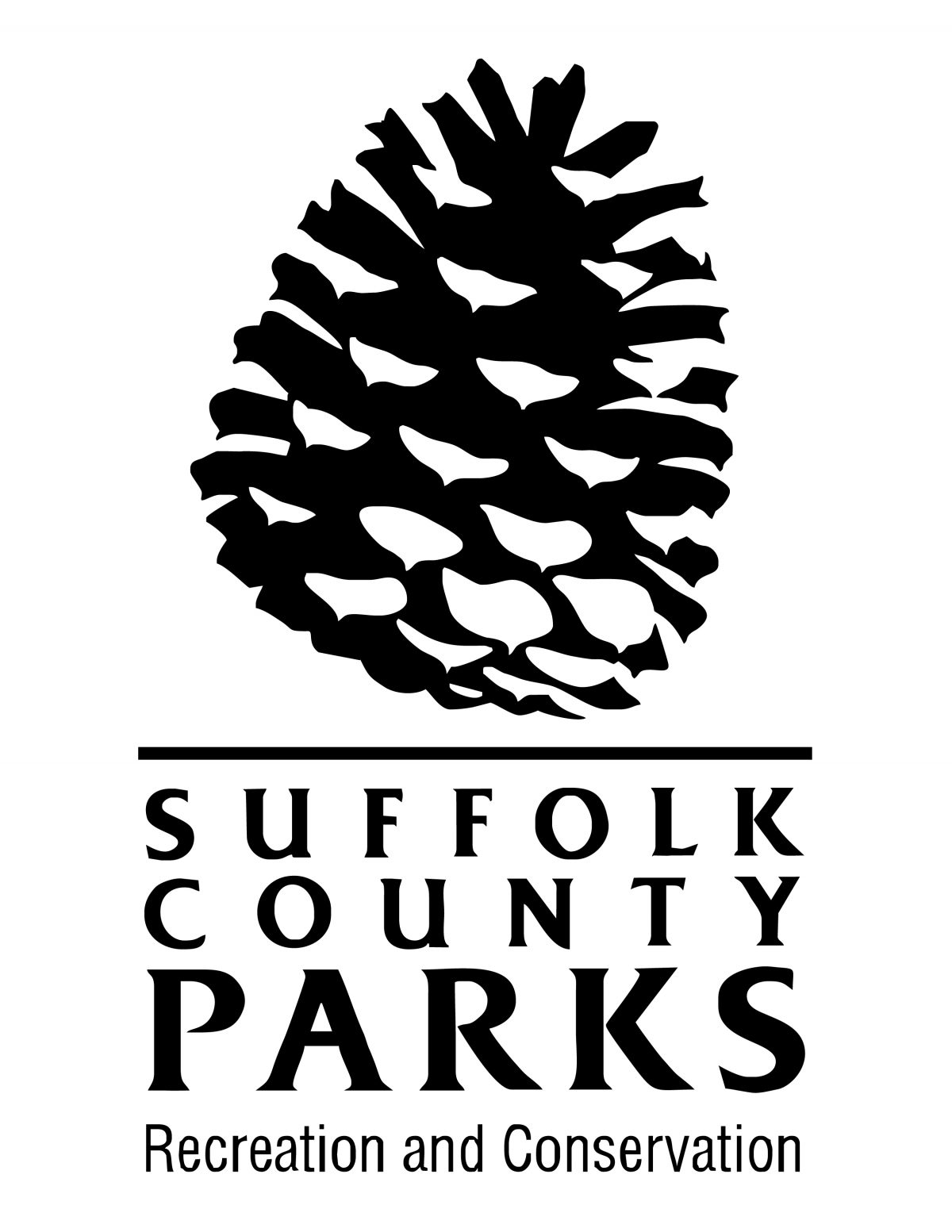
The Suffolk County Environmental Center is a public nature center located on the Scully Estate in Islip, New York. The facility, which opened on Earth Day 2010, is operated by the Seatuck Environmental Association through a long-term custodial agreement with the Suffolk County Department of Parks, Recreation and Conservation. The 70-acre facility lies near the shores of the Great South Bay and is adjacent to the Seatuck National Wildlife Refuge and the Islip Town Beach. A system of trails and boardwalks gives visitors access to the property’s diverse mix of habitats, including extensive salt marsh, freshwater wetlands and mature upland forest. In addition to opportunities for self-guided exploration and passive recreation, visitors can take advantage of Seatuck’s full schedule of public and private nature programs at the nature center.
Come Visit Us
Public access is available to the property every day, from 8:30 a.m. to dusk.
The building is open Monday to Friday, from 10:00 a.m. to 4:00 p.m.
Sorry, no pets are allowed on the property.
Directions
Address: 550 South Bay Avenue, Islip NY 11751
Long Island Expressway (I-495) to Exit 56 (Rte. 111/Islip/Smithtown) or Sunrise Highway (Rte. 27) to Exit 45 (Rte. 111/Islip/Smithtown)
Follow signs to Rte. 111 South toward Islip
Rte. 111 ends at Main St. (Rte. 27A)
Turn RIGHT onto Main St. (Rte. 27A)
Turn LEFT at first traffic light onto South Bay Ave.
The entrance to the Environmental Center is almost exactly one mile south of Main St. on the RIGHT
Park in the main parking lot on your left
Scully Estate
The estate boasts a 1917 Normandy-style Chateau, designed by renowned architect Grosvenor Atterbury, that is listed on the National Register of Historic Places. The County conducted a significant restoration of the building between 2006-2010, including installation of the county’s first denitification-based alternative waste treatment unit and other infrastructure upgrades to meet LEED-certified standards.
The building includes exhibits, displays, program areas and a nature library. It is available for private rental for various events, including corporate meetings and wedding photography. The grounds are open to the public and offer a network of trails and boardwalks.
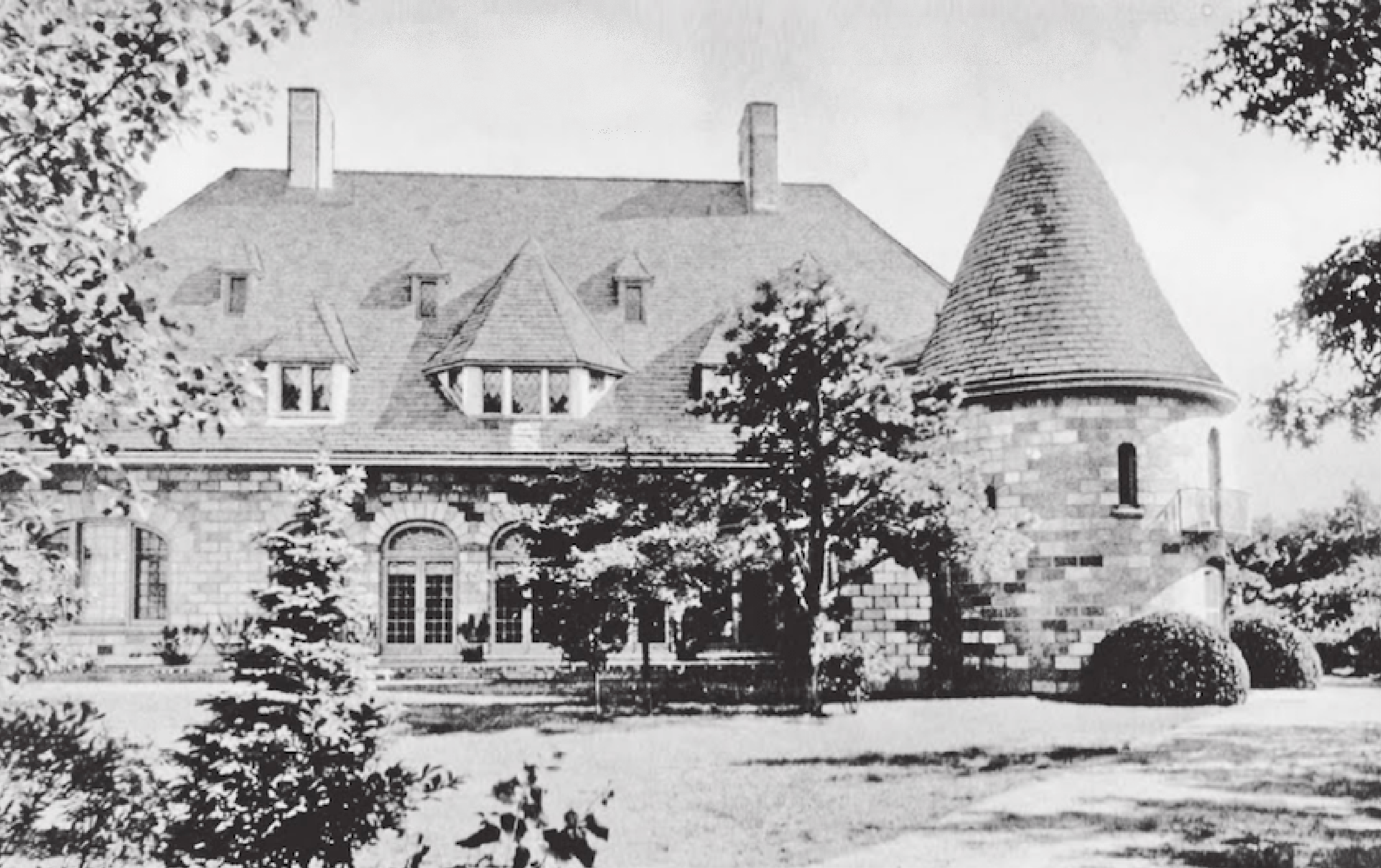
History of Scully Estate
From the late 1880’s until the early part of the 20th century, the 70-acre Scully Estate was part of Windholme Farm, a nearly 300-acre “gentleman’s farm” that also included the 200-acre Seatuck National Wildlife Refuge on the east side of South Bay Avenue. Windholme was owned by Samuel and Adaline Peters. Mr. Peters was a coal broker and banker from the City who spent much of the summer fishing and boating on the Great South Bay with his family. The Peters gave their property (which was eventually divided by South Bay Avenue) to their two children, Harry and Lousine. Harry took title to the 200 acres to the east of South Bay Avenue; Lousine the 70 acres to the west.
The house at Scully (which was named Wereholme) was built for Lousine Peters and her husband, Harold Weekes, in 1917. It was inspired by a French chateau and designed by world-renown architect Grosvenor Atterbury. Atterbury is famous for designing Forest Hill Gardens and part of the Metropolitan Museum of Art.
Louisine Peters passed her property to daughter Hathaway, her only child. Hathaway, who was known as “Happy,” was married several times, finally taking the surname Scully. In the late 1960’s Mrs. Scully, having no heirs of her own, committed to donating her property to the National Audubon Society. She said it was her “wish that the property be used as a wildlife sanctuary and nature center.”
Meanwhile, Happy’s first cousin, Natalie Peters Webster, who inherited her father’s 200-acre property across the street, also having no heirs, decided to gift her property to the federal government for the creation of the Seatuck National Wildlife Refuge. Natalie’s husband, Charles Webster, would later found the Seatuck Environmental Association to conduct education and research on the property.
Audubon took title to the “Scully Sanctuary” in the early 1980s upon Hathaway Scully’s death. Audubon used the facility as the home for its Living Oceans Campaign. The staff of 8 to 10 worked on national and international marine policy.
In June 2004, Suffolk County purchased the 70-acre property from Audubon. Later that year, the County designated the site as the future home of it’s “Greenways Educational and Interpretive Nature Center.” The building now houses Seatuck’s offices and the Suffolk County Environmental Center which opened to the public in April 2010.
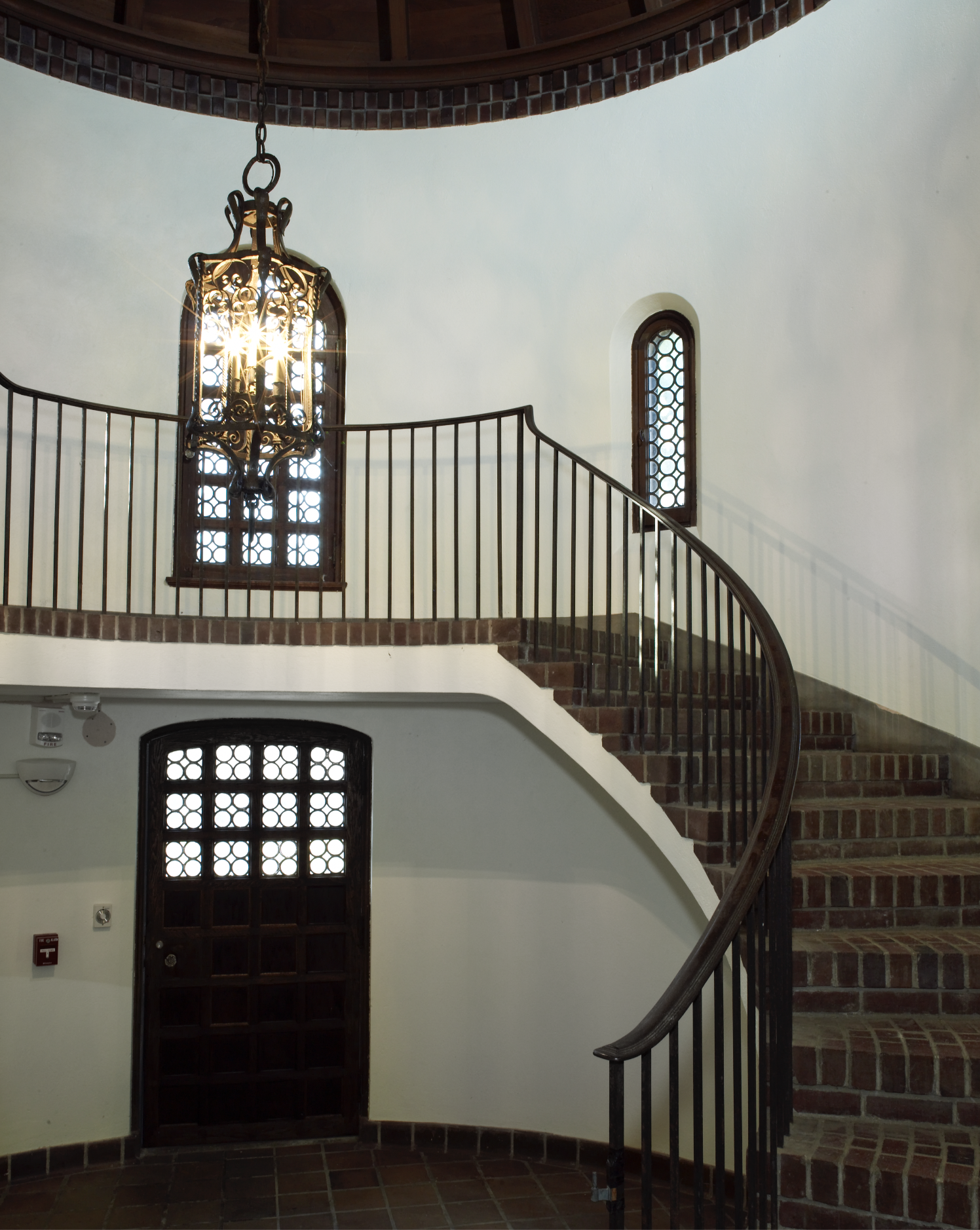
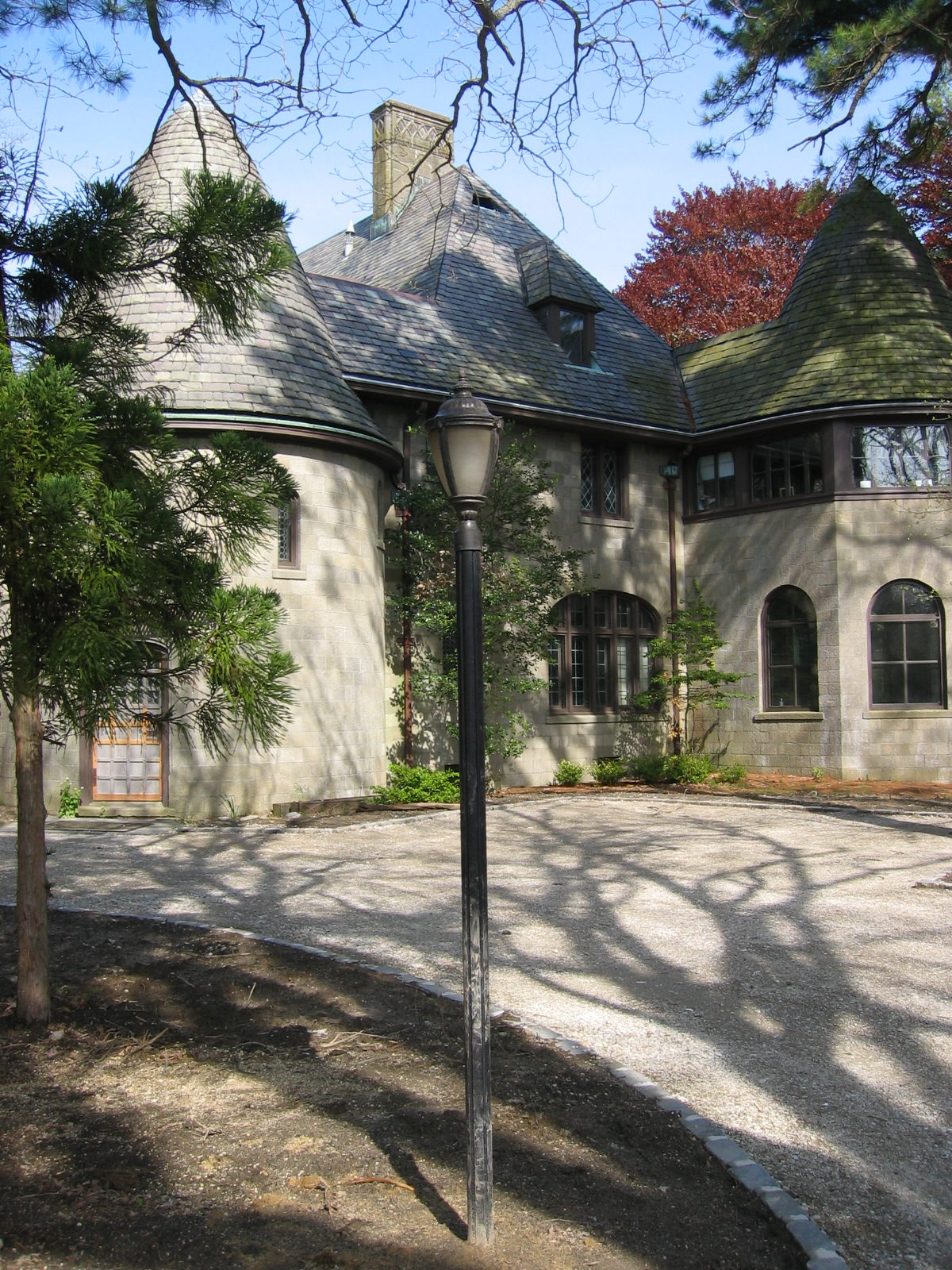
Related Information
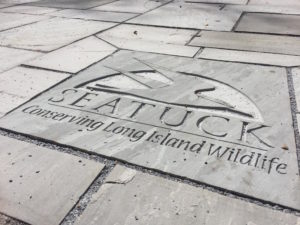
Founders Circle
The Founders Circle Bluestone Project is a unique donor recognition program that provides participants the opportunity to have their name (or the name of a loved one) become a permanent part of Seatuck’s home at the Scully Estate. The program supports Seatuck’s work to conserve Long Island wildlife and the environment. It provides important support to Seatuck’s conservation policy initiatives and education programs.
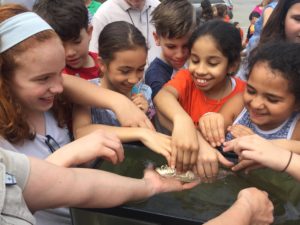
School Programs & Field Trips
Seatuck offers a range of programming for school districts. We provide in-class presentations and outdoor programs, which can be held on school grounds, at parks and preserves near the school or at other exciting locations across Long Island. We also offer field trips to one of three educational facilities: The Suffolk County Environmental Center in Islip, the South Shore Nature Center in East Islip, and the Sherwood Jayne Farm in East Setauket.
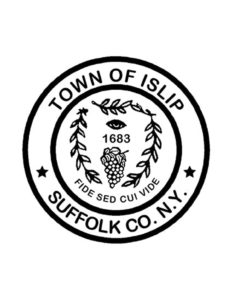
South Shore Nature Center
The South Shore Nature Center is a public nature center located in East Islip, New York. The facility is operated by the Seatuck Enviornmental Association through a partnership with the Town of Islip, which owns the property together with Suffolk County and The Nature Conservancy.
